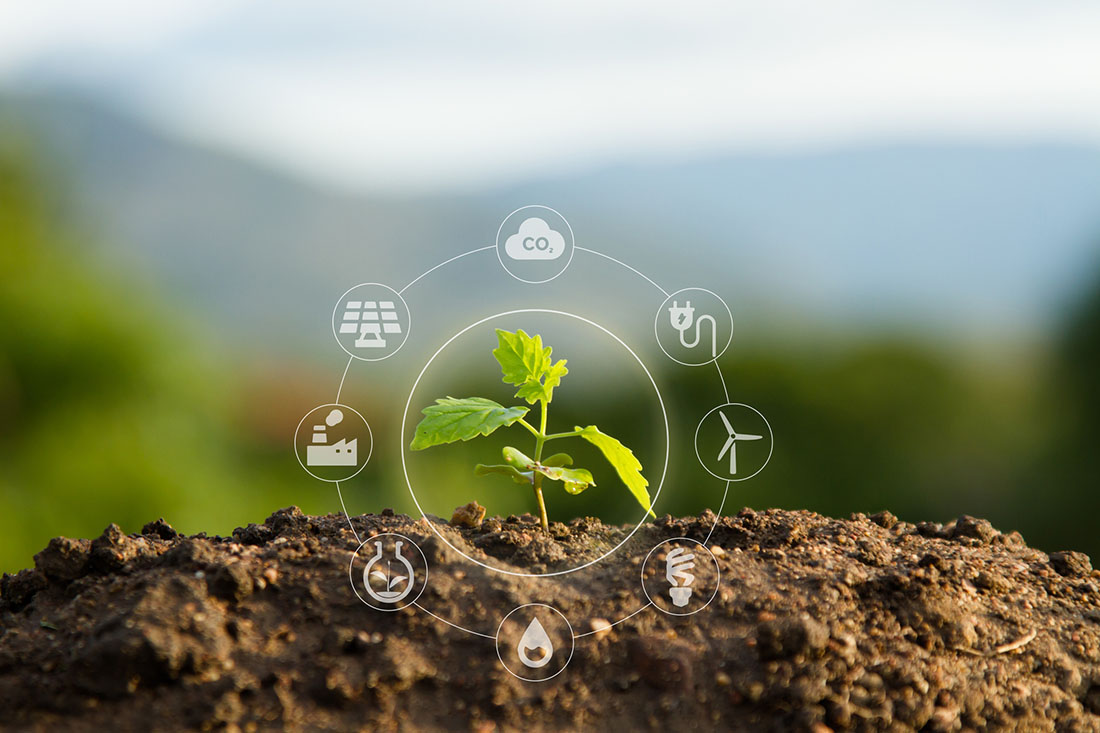The global nonwoven industry is at a crossroads, facing increasing pressure to address environmental concerns and develop sustainable alternatives to traditional materials. As the world shifts toward a more sustainable future, collaboration across the industry will be essential to drive innovation and create environmentally friendly solutions. We must explore the key strategies, challenges, and opportunities of collaboration in developing environmentally sustainable nonwoven materials.
Need for Sustainability in the Nonwovens Industry
While the nonwovens industry continues to evolve and its use of environmentally friendly materials, including natural cellulose, grows, the industry has long been associated with the use of synthetic fibers derived from non-renewable resources, such as petroleum. While these materials offer versatility and performance, they can also have significant environmental impacts, including resource depletion, pollution, and waste. As awareness of environmental issues grows, there is a growing demand for sustainable alternatives.
Sustainable nonwoven materials are designed to minimize environmental impact throughout their life cycle, from sourcing raw materials to disposal. Key considerations for sustainability include the use of renewable and recycled materials, energy-efficient manufacturing processes, and recyclability or biodegradability of the end product.
Collaboration Across the Value Chain
Collaboration across the value chain is essential for developing sustainable nonwoven materials. Key stakeholders, including raw material suppliers, manufacturers, converters, and end-users, must work together to drive innovation and promote sustainability. Collaborative efforts can focus on various value chain aspects, like:
- Raw Material Sourcing: Suppliers can collaborate to develop sustainable alternatives to traditional synthetic fibers, such as recycled or bio-based fibers. By working together, they can scale up production and improve the availability of sustainable materials.
- Manufacturing: Manufacturers can collaborate to adopt energy-
efficient production processes and environmentally-friendly technologies. By sharing best practices and resources, manufacturers can reduce resource consumption and emissions. - Conversion: Converters can collaborate with manufacturers to ensure that sustainable materials are used in the conversion process. By working together, converters can minimize waste and optimize resource utilization.
- End Use: End-users play a crucial role in driving demand for sustainable products and influencing product design and specifications. By collaborating with manufacturers and converters,
end-users can ensure that sustainable materials meet their needs and expectations.
Challenges and Opportunities
While sustainable nonwovens have the potential to offer many benefits, successful development and commercialization is not without its challenges, often viewed in the following categories:
- Cost: Sustainable nonwoven materials can be more expensive to produce than traditional materials, due to the use of recycled or bio-based fibers and eco-friendly manufacturing processes. However, as demand continues to grow, economies of scale and techno-
logical advancements should help to reduce costs over time. - Performance: Materials must meet or exceed the performance standards of traditional materials to be viable alternatives. Innovations in material science and manufacturing technologies are helping to improve the performance and mitigate the costs associated with newer and more sustainable materials.
- Consumer Awareness: It will be critical to continue to raise awareness among consumers about the environmental benefits of more sustainable raw materials, the role that sustainable nonwoven materials can play in their end-products, and the importance of choosing eco-friendly products.
- Regulatory Environment: Regulatory frameworks will continue to play a crucial role in shaping the development and adoption of sustainable nonwoven materials. Policies that promote sustainability and encourage the use of sustainable materials can drive industry-wide change.
Despite these challenges, there are significant opportunities supporting the development of sustainable nonwoven materials. - Market Demand: Increasing consumer awareness and demand for sustainable products are driving companies to invest in sustainable nonwoven materials, creating new market opportunities.
- Innovation: Continued innovation in material science, manufacturing technologies, and recycling processes will lead to the development of new and improved sustainable nonwoven materials.
- Collaboration: Partnership across the value chain is essential for driving innovation and promoting sustainability in the nonwoven industry.
Ultimately, collaboration is pivotal to the sustainable nonwoven materials that meet the needs of today’s society while preserving the environment for future generations. As demand grows, collaboration drives industry towards a thriving green marketplace.


